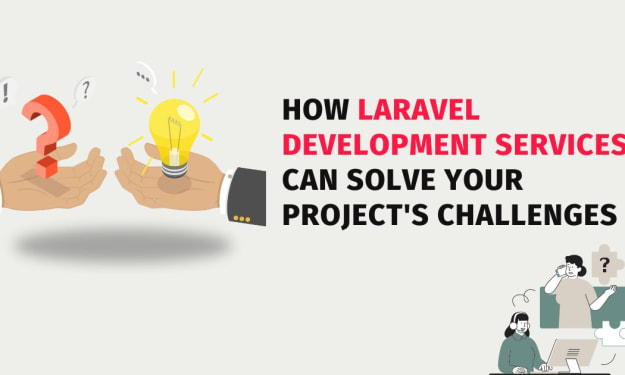
This article first appeared on Acorn Labs in November 2022.
For a more in-depth look at the succession planning process, have a read of the full article.
The succession planning process is the step-by-step procedure behind building a talent pipeline of future leaders in your business. It breaks the process down into smaller actions, from identifying leadership needs to appointing the best candidates for the role. It’s a standardized and repeatable process to assist in future succession planning tasks.
There are two types of succession plans:
- Long-term succession plans, which are developed with purpose years in advance.
- Emergency succession plans, which come into play when key positions become unexpectedly vacant.
Why is a succession planning process important?
Having a succession planning process in place helps employees, business performance, and organizational strategy in the long run. Not only does it uncover the capability gaps that are the highest risk to your company, but it also ensures you maintain a pipeline of capable successors so you don’t lose crucial organizational expertise and knowledge.
This, in turn, improves your talent planning and retention, with employees more likely to stay with companies that invest in their professional development. And, speaking of development, an effective and proactive succession planning process also highlights your organization’s training and development needs, so you can ensure that talent is ready to perform in their succeeding roles as fast and smoothly as possible.
The 5 steps in the succession planning process
There are five key steps to building a comprehensive succession plan.
Step 1. Identify key positions and needs
Identify key leadership positions within your organization by reflecting on the qualifications (such as knowledge, experience, or soft skills) that make leadership positions business-critical roles.
Then consider which of these positions are at risk and need successors the most. Think about vulnerability and criticality, here.
- Vulnerable positions have no clear successors in place already
- Critical positions threaten business operations if they become vacant.
To find which positions might need permanent or temporary successors, ask who is close to retirement, whether any employees are expecting, and what the overall attrition rate is in your organization.
Step 2. Develop job profiles
Build a job profile outlining the requirements and performance expectations of the role. It allows you to compile a list of required capabilities as well as the competency required in each capability to succeed in the role. It should also show the gap between a potential successor’s current capabilities and the capabilities needed as the position evolves, which you can use to build a development plan.
Step 3. Nominate potential successors
Use job profiles to find key employees who fit the outlined criteria, but remember that the individuals put forward need to have an actual interest in the roles—succession planning can’t be effective if succession candidates are uninterested. It’s also important to remember that simply fitting the criteria doesn’t necessarily equate to being the right candidate to fulfill the role. If there are no suitable candidates in your company, you can use the job profile to find a qualified external candidate.
Step 4. Determine development needs
Perform a capability assessment on hopeful candidates to reveal their current capabilities. You’ll be able to see the gaps between what they know and what they need to know, which you can use to define goals and find opportunities for their development. Think mentoring, coaching, temporary trial runs in the incumbent’s role, or taking on more responsibility to help the transition into the role.
A trial run in the role is particularly useful in determining whether a candidate is the right fit for a role.
Step 5. Evaluate and measure the succession plan
Succession planning is an ongoing process and investment, so you want to make sure it’s running as efficiently as possible. The first part of this is documenting the transition process to keep track of:
- What went right
- What went wrong, and the gaps that still exist
- What could be more efficient
- The requirements of the specific role.
When you understand this you will be able to determine the effectiveness of your succession plan, which you can use to develop a more sustainable succession planning strategy in the future.
About the Creator
Acorn
Impact, not overload™
Acorn PLMS (performance learning management system) is a dynamic AI-powered platform for learning experiences synchronized to business performance at every step. Corporate learning is broken. Acorn is the antidote.






Comments
There are no comments for this story
Be the first to respond and start the conversation.